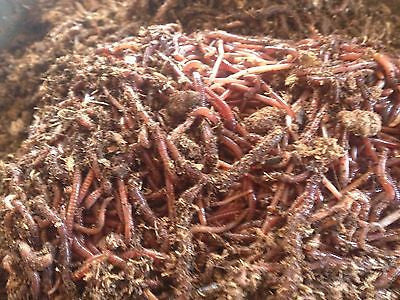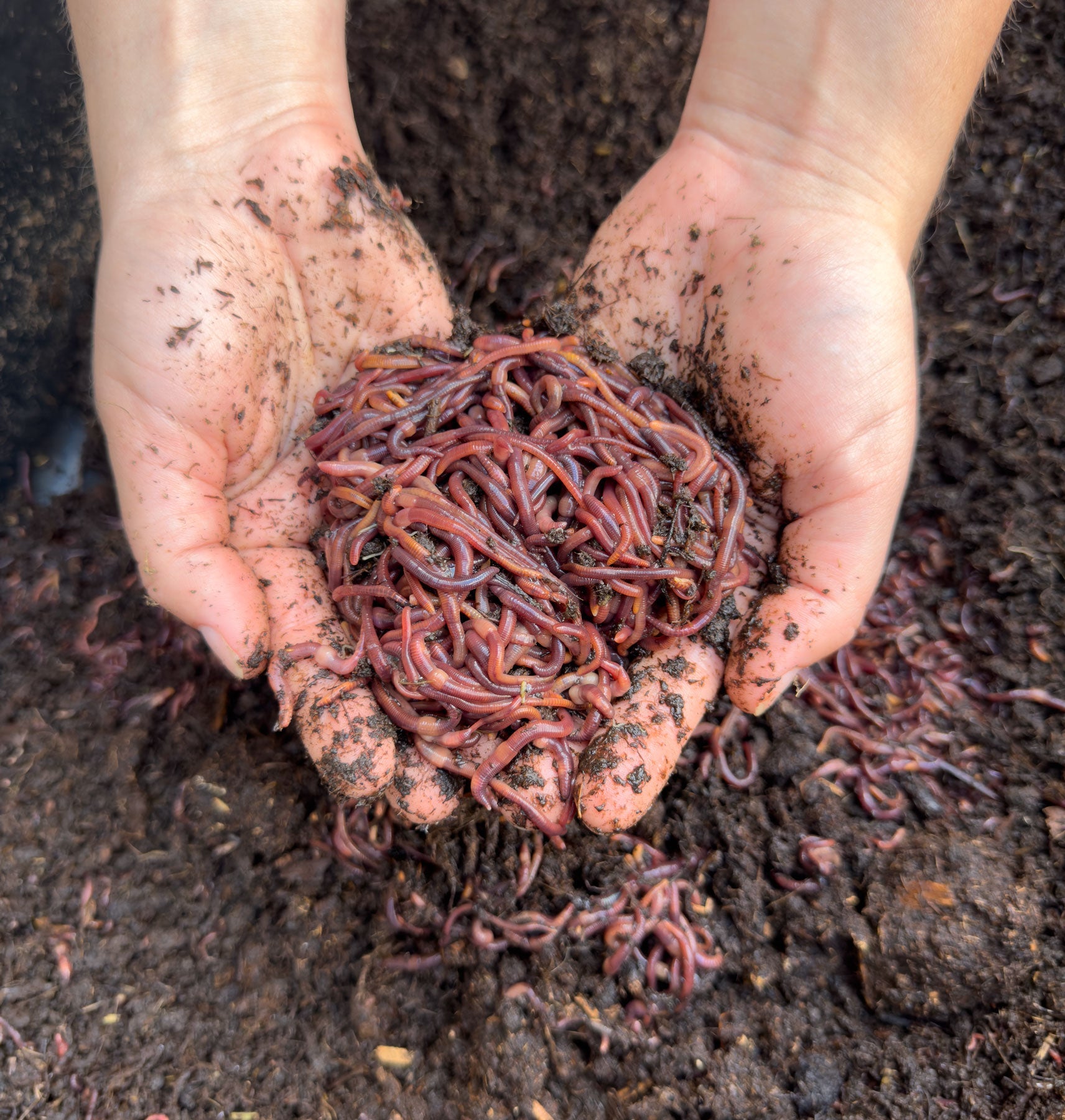Eco-friendly red wigglers: How to maintain them
Eco-friendly red wigglers: How to maintain them
Blog Article
Making Use Of Red Wigglers for Effective Organic Garbage Disposal
Making use of red wigglers for organic garbage disposal offers a compelling technique to taking care of food scraps while promoting environmental sustainability. These worms not just enhance waste decomposition however additionally produce useful worm castings, which can dramatically improve soil health. Their capacity to refine huge volumes of organic material with very little effort placements them as an available service for families and areas alike. Nonetheless, understanding the nuances of establishing a successful worm bin and preserving an ideal habitat is vital for optimizing their advantages. The next actions in this procedure may shock you.
Advantages of Making Use Of Red Wigglers
One of the most compelling advantages of using red wigglers for organic garbage disposal is their impressive effectiveness in composting. These worms, clinically called Eisenia fetida, are specifically adjusted for breaking down organic products, allowing them to process waste up to two times their body weight each day. This quick decay not only accelerates the composting procedure however also generates nutrient-rich worm spreadings that substantially enhance dirt high quality.
Additionally, red wigglers add to a reduction in land fill waste. By diverting natural materials from land fills, they assist minimize methane emissions-- a powerful greenhouse gas. This environmental advantage is important in the battle against environment change.
Additionally, red wigglers are low-maintenance and can thrive in different settings, making them available for both amateur and skilled composters. Their capacity to duplicate rapidly makes certain a steady population, promoting ongoing waste processing.
Establishing Your Worm Container
Creating an efficient worm bin is crucial for making the most of the benefits of composting with red wigglers. Guarantee the bin has appropriate water drainage openings to protect against excess moisture, as red wigglers thrive in a damp however not soggy atmosphere.
(red wiggler composting worms)Following, prepare the bed linen product, which serves as the worms' environment and food resource. The bin ought to be put in a dark, temperature-controlled location, preferably between 55 ° F and 77 ° F, to preserve worm activity.
As soon as the container is established up, present the red wigglers, enabling them to adapt to their brand-new atmosphere. A well-kept bin will not just sustain the health and wellness of the worms however likewise help with efficient disintegration of natural waste.
(red wigglers for composting)
What to Feed Red Wigglers
An understanding of the suitable diet plan for red wigglers is vital for maintaining a healthy and balanced worm populace and optimizing composting performance. These items not just offer necessary nutrients yet additionally contribute to the read what he said dampness balance within the worm container.
It is vital to prevent specific foods that can damage the worm population. Red wigglers must not be fed meat, milk items, oily foods, or processed things, as these can draw in insects and develop undesirable odors. red wigglers. Additionally, citrus fruits and hot foods must be decreased, as their acidity can be harmful to worms
Checking the worm bin for food intake rates will certainly help make sure that red wigglers are receiving an ample diet while keeping an effective composting setting. Proper feeding techniques are important for cultivating a thriving environment within the worm container.
Preserving Your Worm Environment
A properly maintained worm habitat is important for the health and wellness and efficiency of red wigglers. To make sure optimum problems, it is crucial to monitor temperature, moisture, and aeration within the worm bin (red wigglers).
A good rule of thumb is to keep dampness at around 70% to 80%. If the bed linen becomes too damp, it can lead to anaerobic conditions that are damaging to the worms.

Utilizing Worm Spreadings in Horticulture
Rich in nutrients and beneficial microorganisms, worm castings function as an outstanding natural plant food for horticulture. Produced through the gastrointestinal procedures of red wigglers, these spreadings consist of a selection of essential nutrients, including nitrogen, phosphorus, and potassium, which promote durable plant development. Unlike synthetic plant foods, worm spreadings supply a slow-release device, ensuring that nutrients are readily available to plants over an extended period, consequently reducing the risk of nutrient leaching and soil depletion.
In enhancement to nutrition content, worm spreadings improve soil framework and aeration, boosting dampness retention and drainage. The microbial life existing in worm castings helps to reduce microorganisms and advertises a healthy dirt community, further profiting plant health. When integrated into the dirt or made use of as a top dressing, worm spreadings can significantly improve seed germination rates, origin advancement, and overall plant vitality.
For ideal results, garden enthusiasts need to use worm castings at a rate of 1-2 inches per square foot, mixing them into the dirt or including them right into potting blends. In general, utilizing worm castings is an eco-friendly approach to enhancing soil fertility and making sure growing yard settings.
Conclusion

Report this page